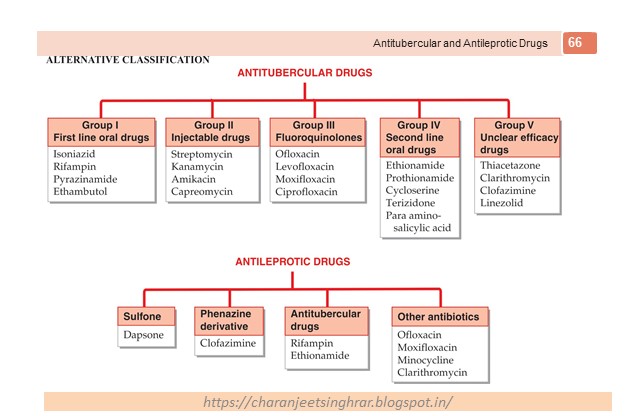Structure and functions of skin The skin is the human body’s its largest organ, covering 1.6 M 2 of surface area and accounting for approximately 16% of an adult’s body weight. The skin is the largest organ of the body, accounting for about 16% of the total adult body weight. It performs many vital functions, including protection against external physical, chemical, and biologic assailants, as well as prevention of excess water loss from the body and a role in thermoregulation. The skin is continuous, with the mucous membranes lining the body’s surface. The integumentary system is formed by the skin and its derivative structures. The skin is composed of three layers: the epidermis, the dermis, and subcutaneous tissue. The outermost level, the epidermis, consists of a specific constellation of cells known as keratinocytes, which function to synthesize keratin, a long, threadlike protein with a protective role. The middle layer, the dermis, is fundamentally made up of the ...



























































































Hello sir.
ReplyDeleteKindly request you to update this classification according to kd tripathi 8th edition
do you have this file as a PDF ?? if so do help and send to skysboom3@gmail.com...thank you in advance
ReplyDeletePlease if you have pdf please send on emai
ReplyDeletePlz sir provide pdf in this drugs
ReplyDeleteTHANK YOU for al of these helpful pharmacological diagrams. These are extremely helpful for studying. I appreciate this so much!!!
ReplyDeleteGreat tips regrading antihistamines . You provided the best information which helps us a lot. Thanks for sharing the wonderful information.
ReplyDeleteSir plz upload in pdf form complete classification ...plz .sir..
ReplyDeleteThank You and that i have a tremendous provide: What Renovations Increase The Value Of A Home typical renovation costs
ReplyDeleteRespect and I have a neat provide: Does Renovation Increase House Value contractor for home renovation
ReplyDeleteKemon
ReplyDelete